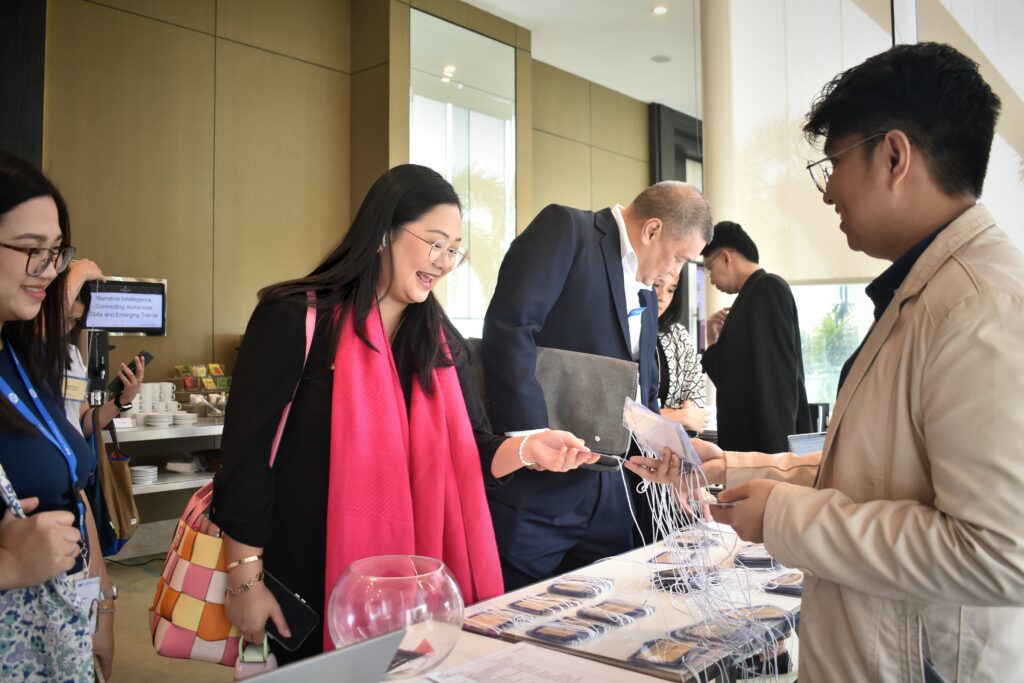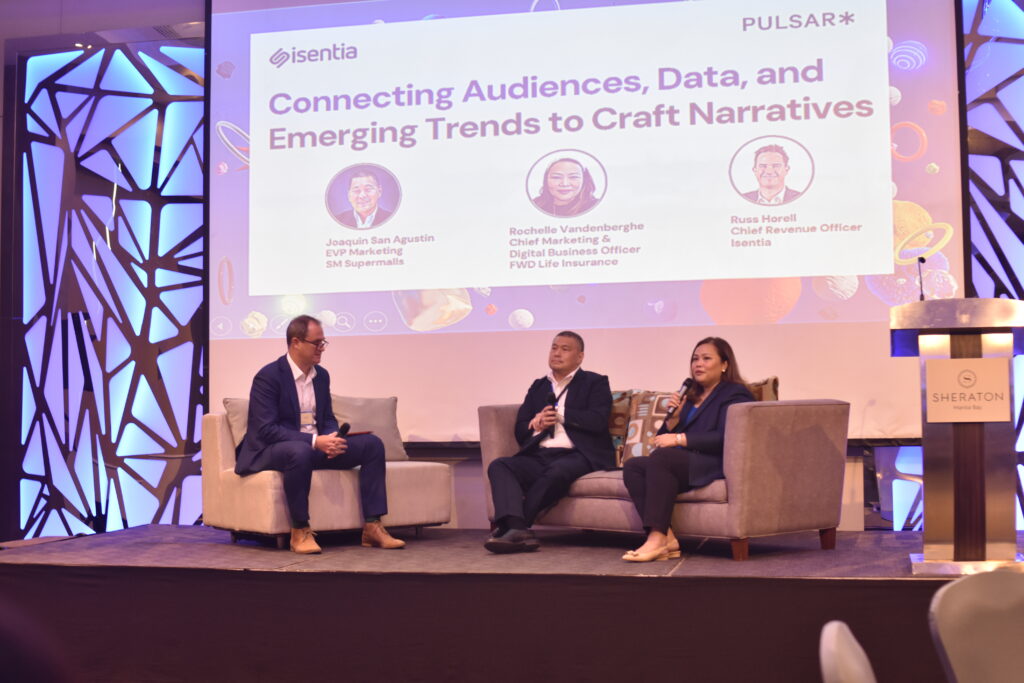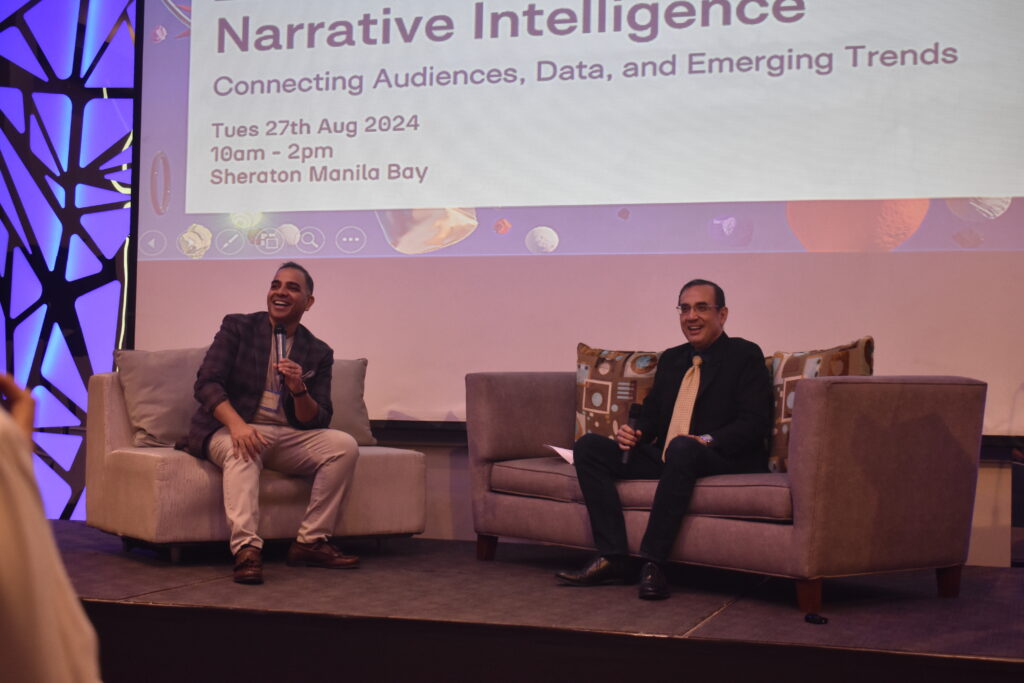Blog
The fundamentals of stakeholder strategy
A practical guide to tailored stakeholder management, offering strategies and tools to identify, map, and nurture relationships.
As the world becomes increasingly online, businesses and governments are sailing along the digital seas. Yet, understanding and leveraging narratives from day-to-day news and discussions is crucial for adjusting sails when needed and staying ahead of the race.
At the first-ever Isentia Narratives Workshop 2024, held on August 27 2024 at the Sheraton Manila Bay, Isentia demonstrated audience intelligence platform Pulsar to its partners, businesses, clients, and potential collaborators to reveal trends and insights and showcase its world-class ability to crunch and analyse data.
Pairing Pulsar with Isentia’s powerful capabilities to analyse data provides businesses with a deeper knowledge of the narratives around their brand, allowing them to leverage these insights strategically. This novel feature detects the relevance of individual narratives and records how they connect to other stories.


To help people understand this technology better on a local scale, Trisha Alexis de Leon, the Insights Team Lead at Isentia PH, presented convincing cases of how Generative Artificial intelligence (GenAI) is applied in the country’s sustainability projects. The report shows that while integrating GenAI into various ESG (environment, social, and governance) initiatives remains a novel idea in the Philippines, there is support for it. More local businesses and industries are considering AI to promote creativity and environmentally friendly practices.
During the panel discussion, SM Supermalls’ Vice President for MarketingJoaquin San Agustin discussed the leading mall chain’s methods for strengthening ties with the community. To make SM Baguio more sustainable, the mall has implemented rainwater harvesting, which reduces the need for water buybacks and increases the supply available to the Baguio community.
Roche Vandenberghe, Chief Marketing Officer of FWD Life Insurance, highlighted how the brand tackled the Filipino population’s traditionally slow adoption of life insurance by understanding the audience, and re-marketing accordingly. People have long viewed life insurance as unappealing – FWD Life Insurance sought to change this perspective with a focus on ways young people could plan for the future including new insurance plans, with offers for gamers and musicians, emphasising pricing with relatable comparisons, like purchasing a cup of coffee.

Meralco Vice President Joe Zaldarriaga emphasised that businesses should anticipate crises by effectively using data, focusing on how narratives can be employed to navigate these situations. He recommended humanising communication strategies and determining the best medium to relay important messages.
“The power of narratives cannot stand without the power of data, as data intelligence gives you information on how to move forward,” Zaldarriaga said.
Zaldarriaga also stressed how communication is now shifting digitally, with real-time information at everyone’s fingertips, especially through social media.

Adding to the experiences offered by industry leaders and the explorations of narratives, a case study provided insight into how different countries perceive the Philippines. . Narratives from Australia, Japan, Malaysia, Singapore, and the US revealed a nuanced view of the Philippines across various aspects, such as women’s rights, domestic violence, and absolute divorce. The presentation also demonstrated how narrative intelligence can help identify favourable notions that can be leveraged to promote the Philippines as a brand and drive its development as a country, especially in food, tourism, and culture.
Isentia’s key company leaders led the inaugural masterclass in Manila, including Russ Horell, Isentia’s Chief Revenue Officer; Janvi Morzaria, Enterprise Business Development Manager Team Lead for Singapore and the Philippines; and Prashant Saxena, VP of Account Management and Insights for Southeast Asia. The Manila event was put together by the Isentia Manila team (AMT and NBT), led by Johanna Paula Deang, the Client Solutions Director for the Philippines and Thailand and PH Account Director.
Isentia combines its deep regional expertise with Pulsar’s advanced audience analysis to help governments and businesses interpret narratives and craft effective communication strategies in today’s fast-paced world. Embracing these innovations can put businesses, governments, and organisations on the digital map and equip them to handle the complexities of modern communications, emerging stronger and more resilient.
Interested in learning more? Email us at info@isentia.com
A practical guide to tailored stakeholder management, offering strategies and tools to identify, map, and nurture relationships.
Across the communications landscape, teams are being asked to do more with less, while staying aligned, responsive and compliant in the face of complex and often shifting stakeholder demands. In that environment, how we track, report and manage our relationships really matters. In too many organisations, relationship management is still built around tools designed for […]
Get in touch or request a demo.